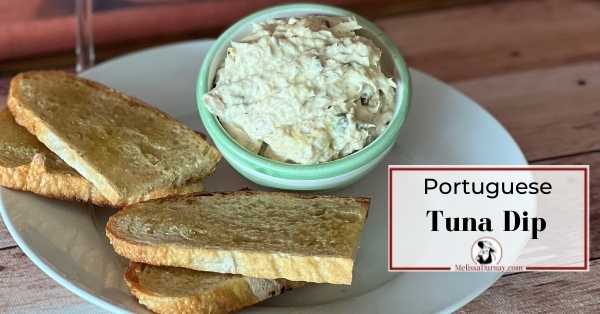Have you ever wondered why wine geeks swirl their wine like they’re trying to start a tornado in their glass? It’s because they’re unlocking the aromas in the wine. The technical term for swirling is VOLATILIZING THE ESTERS. (Try saying that 7 times fast after you’ve had some wine.)
If you remember back to chemistry class, all aromas are made up of chemical compounds, called ESTERS. You may smell green apples when you put your nose in your glass of Sauvignon Blanc, but I assure you, no green apples gave up their life to make your wine. Sauvignon Blanc is made 100% from grapes. The green apple aroma you’re smelling is simply one of the esters. In fact, this is the chemical compound for the green apple aroma. It doesn’t matter if you smell it in a Granny Smith apple or a glass Sauvignon Blanc… the ester is the same.
When you open a bottle of wine, it has been without oxygen for months, years, or even decades. The act of swirling the wine turns the chemical compounds into vapors, making them easier to smell.
To show you how important swirling is, I’d like you to do an experiment. Pour a few ounces of wine into a glass, making sure the wine glass is only partially filled. Then, without swirling, inhale deeply. Take a mental picture of what you smell. You’ll smell something, but the individual aromas will be hard to differentiate. Once you have a good mental snapshot, then swirl your glass of wine for about 20 to 30 seconds. Now smell it again. The wine should have opened up considerably!
When I did this experiment on video with an Austin Hope Cabernet Sauvignon from Paso Robles, California, I smelled black fruit and a hint of tobacco before I swirled the wine. After I swirled the wine, I could differentiate the various smells—blackberry, blueberry, toasted oak, vanilla, and even chocolate.





0 Comments